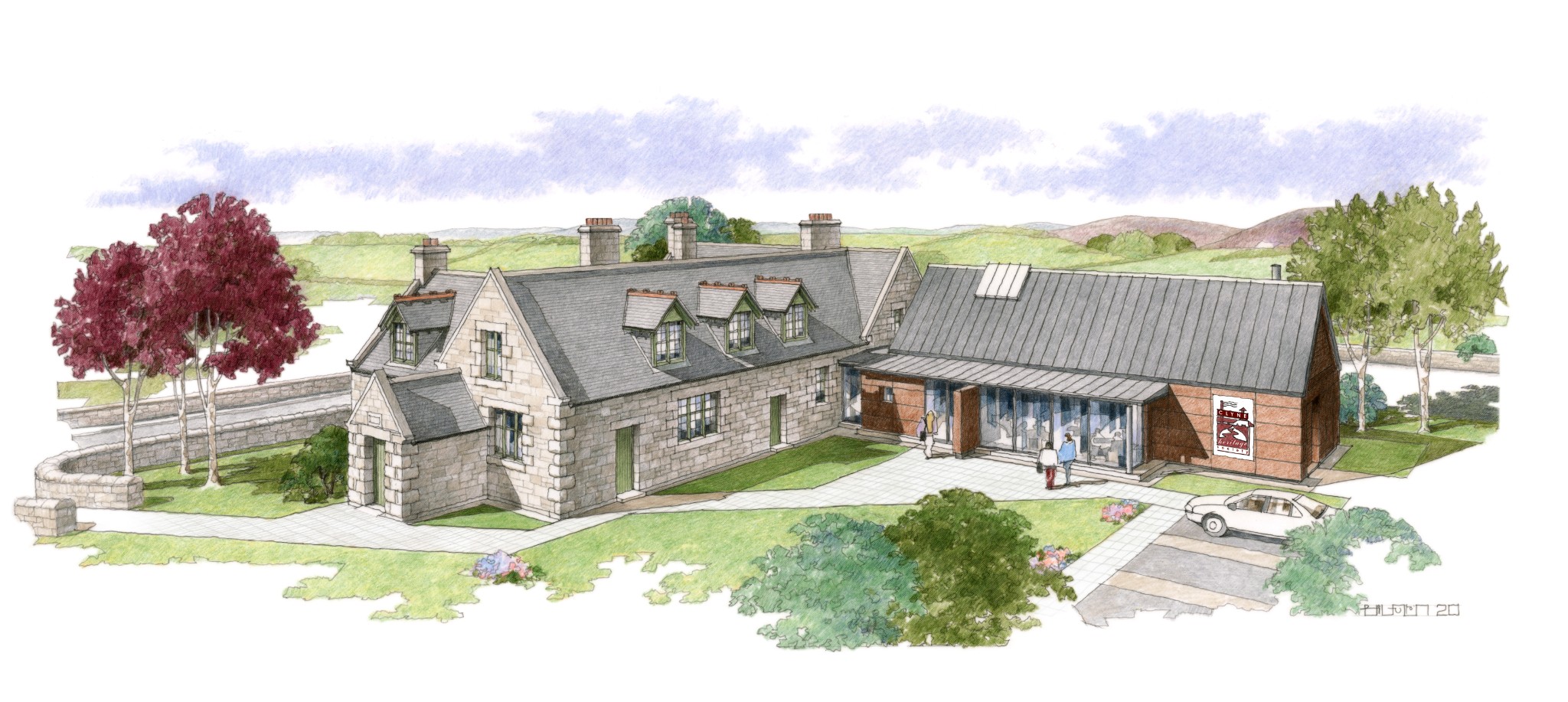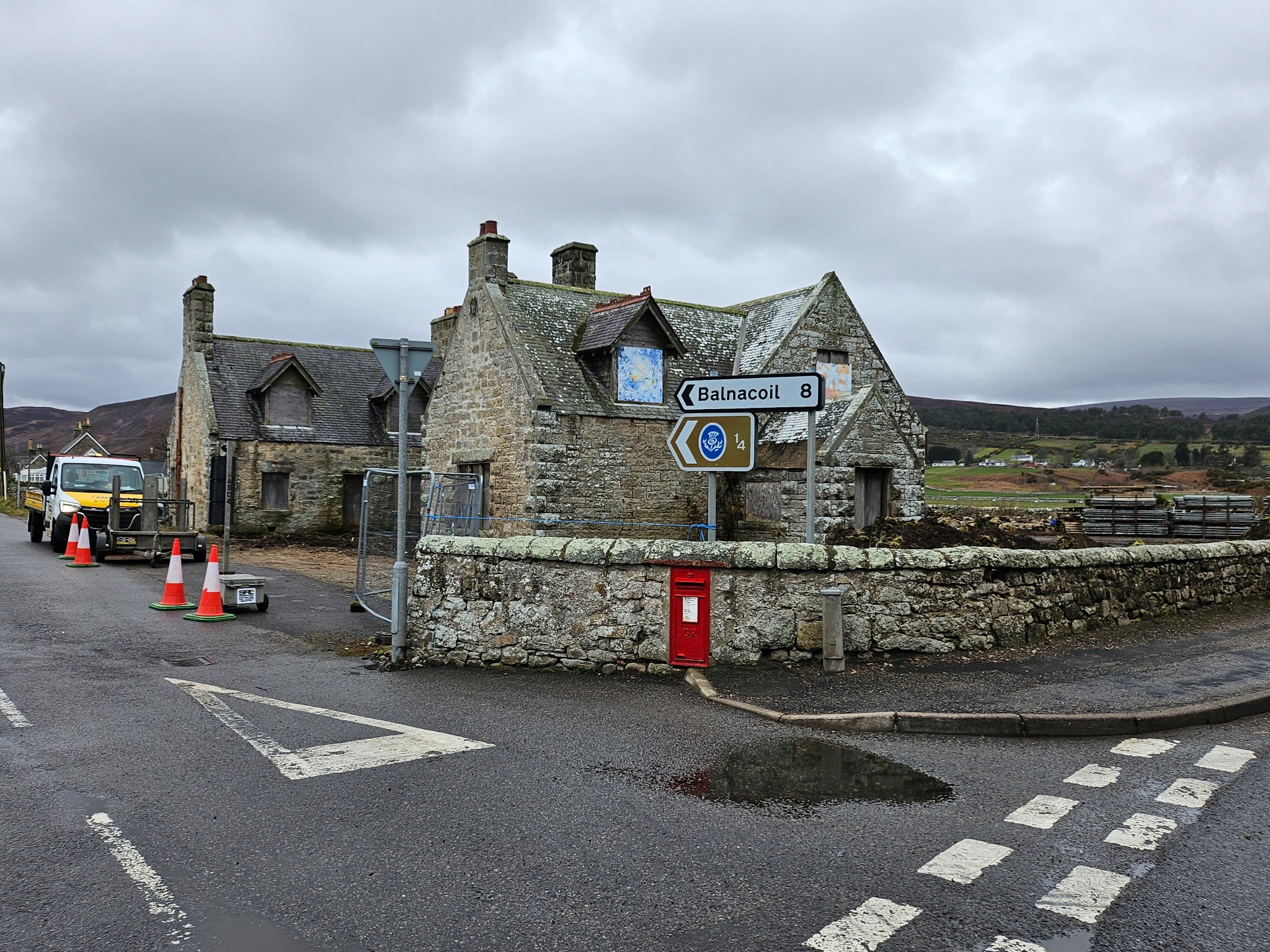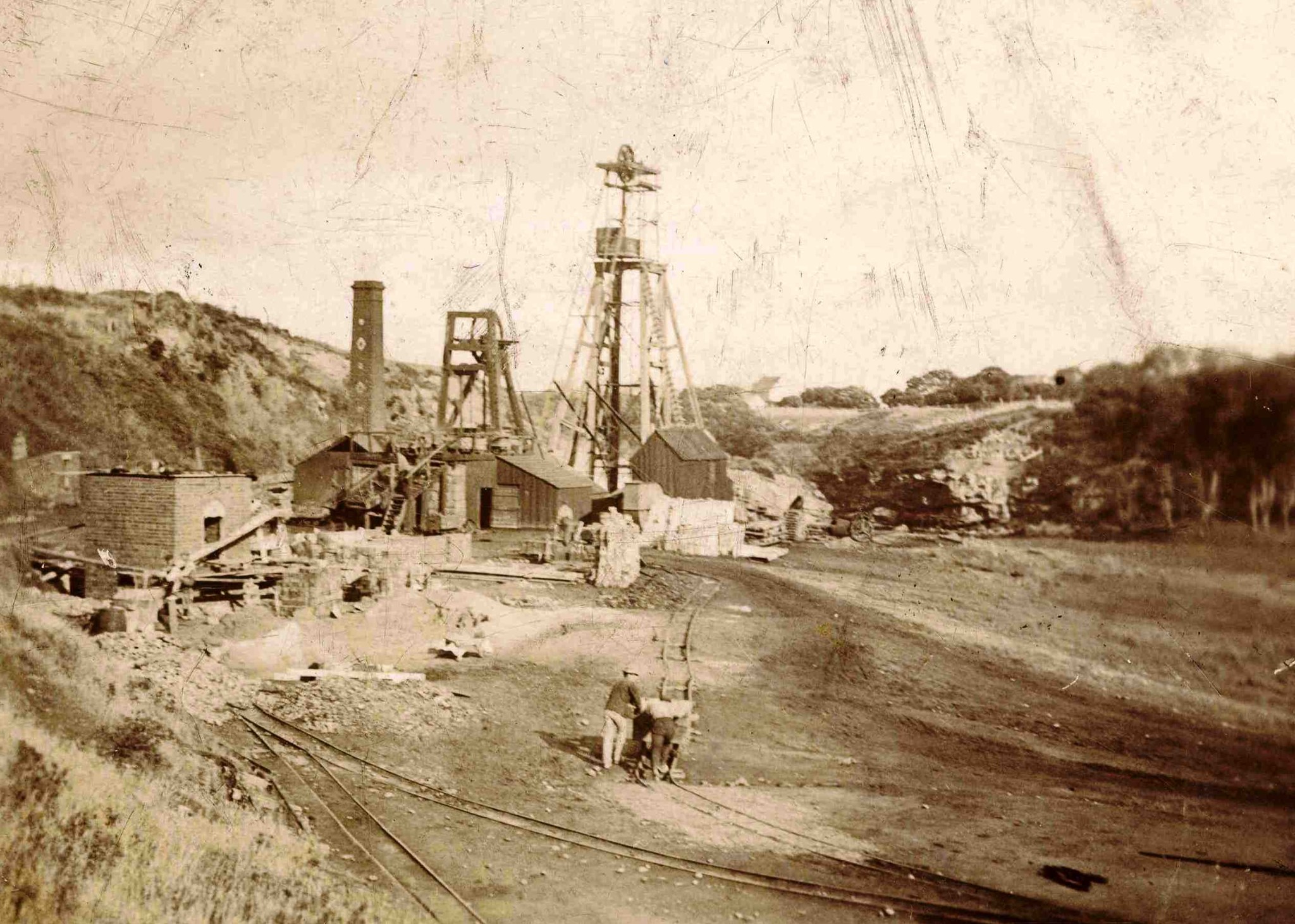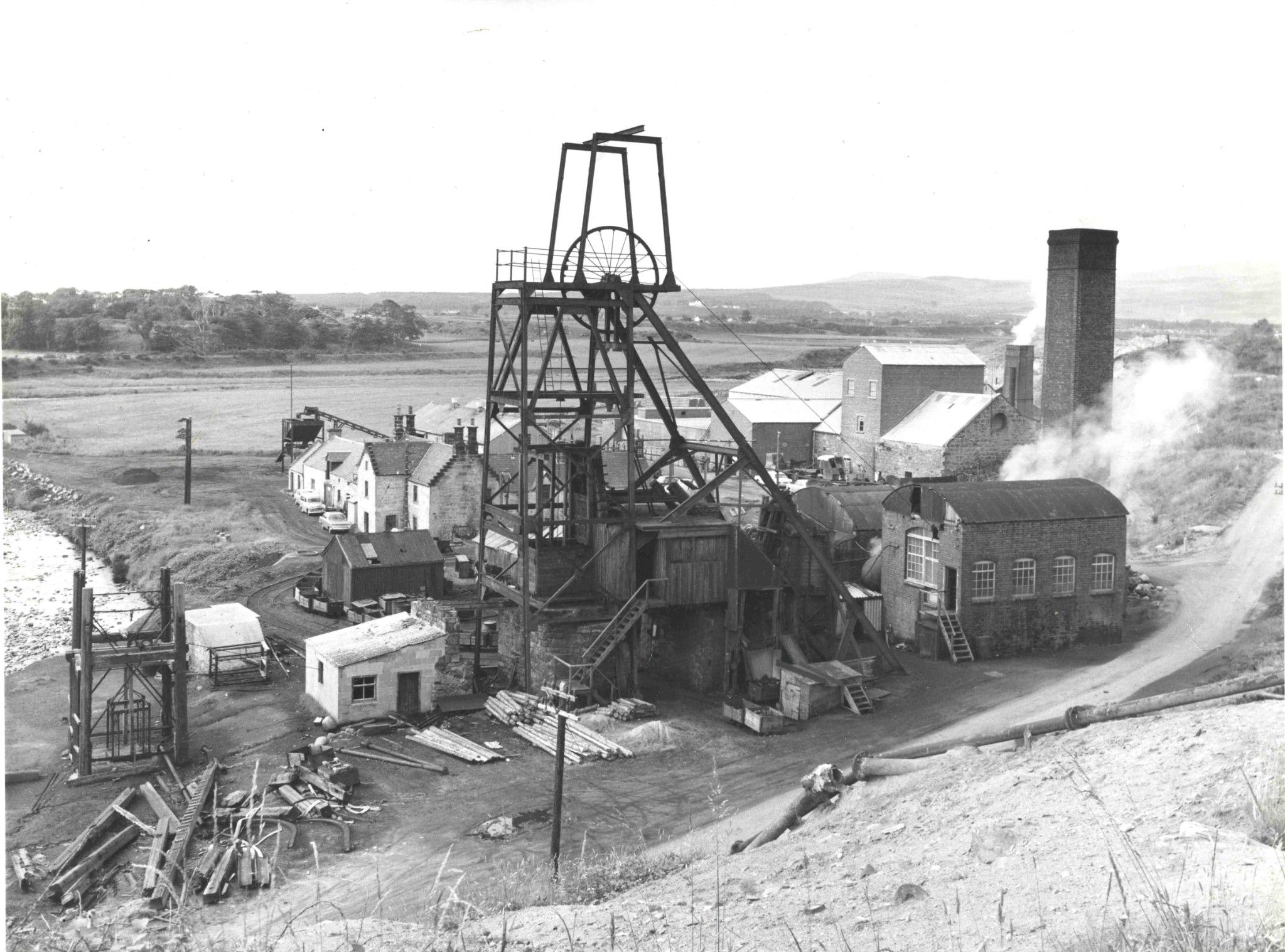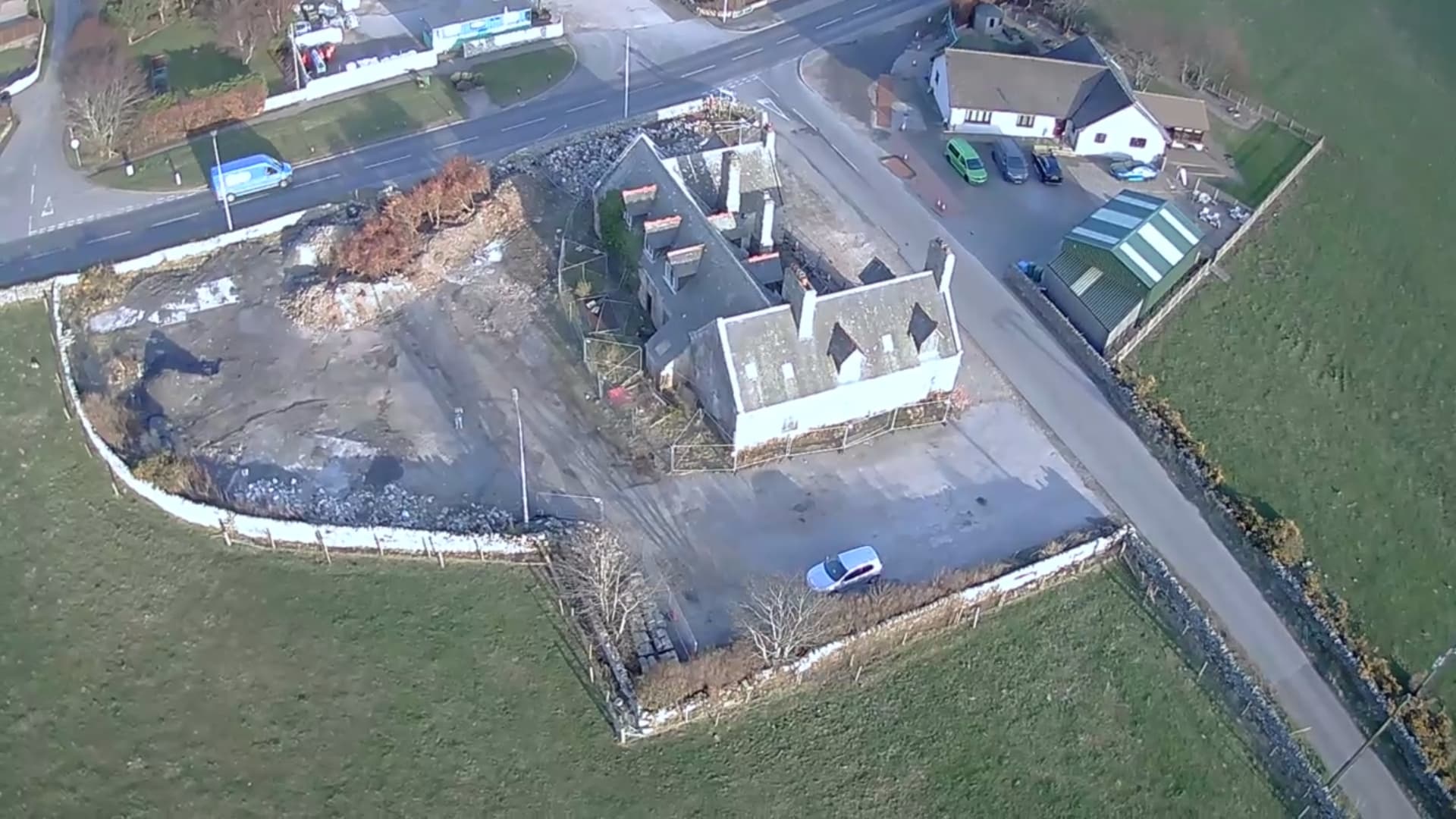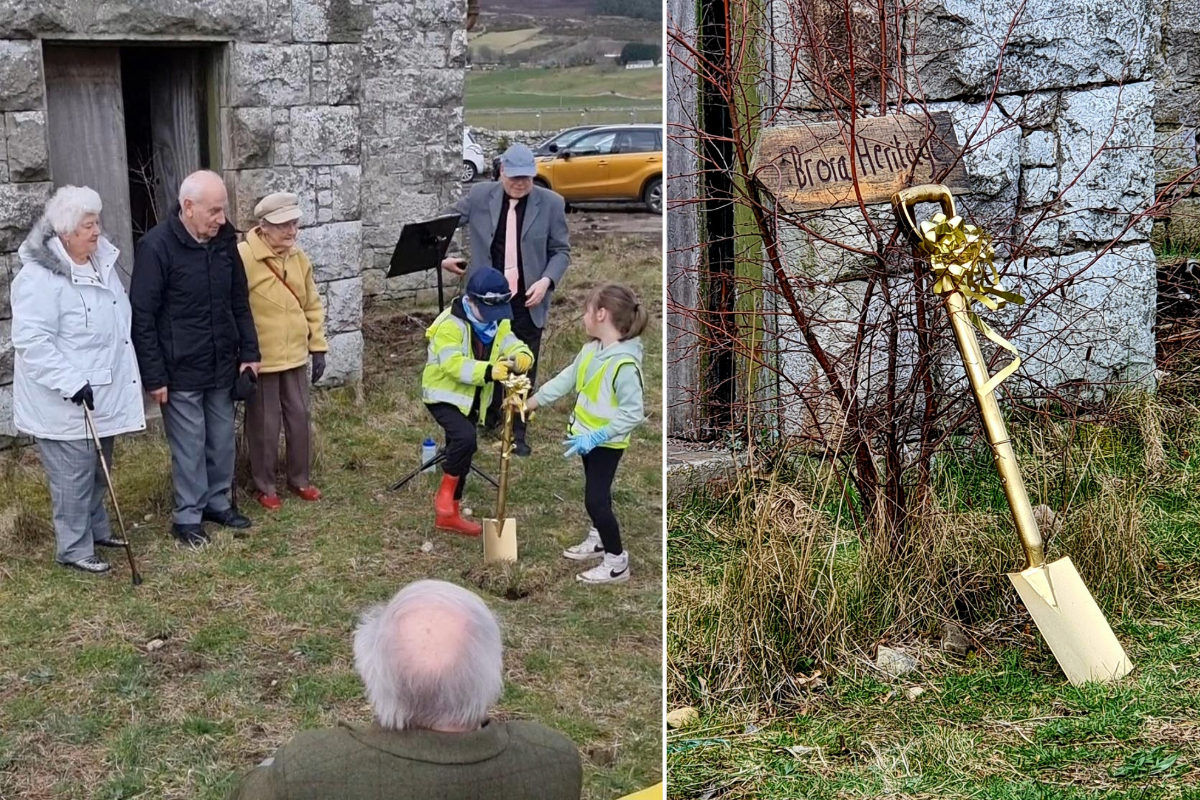Meet Nick Lindsay, a passionate local historian and the Chairman of the Clyne Heritage Society. He's one of the driving forces behind a groundbreaking project that will transform how visitors experience Brora's rich history. Let's delve into Nick's world and explore the exciting plans for this beautiful village on the east coast of Sutherland.
To celebrate and coincide with World Heritage Day, I have been asked by Venture North to highlight Brora’s contribution. In the light of the whole global event, our input is pretty insignificant, however, for our small community here in Brora, in the parish of Clyne, on Sutherland’s east coast, it is just massive, especially in this particular year.
You may be wondering why this is so? Well, Brora Heritage is embarking on a new and very exciting venture which will showcase the village’s totally unique Highland history from a very visible and accessible new facility.
Since 2018, a global pandemic, Brexit, labour and material shortages, the war in Ukraine and raging cost-of-living inflation notwithstanding, we have worked tirelessly to raise around £5M to renovate a historic, 1863-built, former parish school which we were gifted.
Being replaced by a larger school in 1903, this Old Clyne School building has had a couple of other subsequent incarnations, but has been left to decay since the mid-1970s. It now looks a little sad and unloved, but at the start of this month, our contractors, O’Brien Construction Ltd of Thurso, began its 52-week restoration to become our community heritage centre and museum, with the aim of an opening date of June 2025.
From this new, purpose-designed venue, we will be very proud to tell the stories of the Clearances, crofting, and fishing, but we also have something else to tell; something very different from any other Highland community and unique to us here in Brora.
For those who might not know about our surprising little secret, Brora was once the industrial capital of the Highlands. With a population never close to exceeding 2,000, our tiny Highland village was home to Britain’s remotest and most northerly coal mine, with this black gold having been exploited in a seam close to the shore from 1529.
Unlike the rest of the British coalfield which dates to the Carboniferous Period (from c300 million years ago), Brora coal was from the younger Jurassic Age, around 165 million years ago. The sharp amongst you will recall that this was the time of the dinosaurs and, yes, we had those in what later became Brora too!
Getting back to our coal; it was of poorer quality than its older counterpart elsewhere in the country, however it was still ideal for use as the fuel for a range of manufacturing industries.
From 1598, for three, relatively short-lived phases, the coal was used to manufacture salt. A stone hearth, about the size of a single bed, was constructed close to the beach. On top of the hearth was set a rectangular iron pan which was then was filled with seawater. A coal fire would be lit in the hearth and, over several hours, the brine would evaporate and salt crystals would form in the residue.
The salt was used to preserve salmon caught in the River Brora and Loch Brora and, because Brora had access to cheap, home-made salt, its salmon was able to be exported to distant markets on the continent from as early as the 17th Century, when salmon in other Highland parishes could only exploit local markets.
In 1810, a more traditional coal mine was established further inland, where the coal seam was found at a depth of 70m (240 ft). Coal from this mine was used to fuel the final phase of salt manufacture, and two new industries of brick and whisky making. Ninety years later, Brora coal was used to produce electricity in Thomas Hunter’s new woollen mill, which, from 1913, supplied the parish council with power to light its street lights. Because of this, we became known as ‘Electric City’!
Having had your history lesson (and I hope you are surprised, impressed and intrigued by our little-known industrial secret), I would like to bring you back to our re-purposed building. It is located on the north side of Brora, on the A9 at its junction with the road leading to the nearby Clynelish Distillery.
The absolute gift of this location is that our new premises faces very visibly and directly onto this arterial trunk road from Inverness to Thurso, but this road is also part of the eastern leg of the massively popular North Coast 500 tourist route. Since it was established in 2014, the popular tourist attraction of Dunrobin Castle in the neighbouring village of Golspie has witnessed an increase in visitor numbers from 60,000 to an astonishing 140,000 last year. This is the clear NC500 effect!
If we can capture just 15% of this number, then we will be thrilled to bits.
The building has been designed by our community for the benefit of our community. We have had massive support from our members and our community and incredible financial support from our 13 grant funders, with a top award of £1.95M from the Westminster government’s Community Ownership Fund, which got us over our funding line. This was the third largest award in the whole of the UK, with the fourth highest being ‘just’ £1.05M! We absolutely believe in our project and it’s clear that our community and our funders believe in it too.
The building will become the sustainable base for our parent organisation, Clyne Heritage Society and, for the first time in our 26-year history, all of our heritage collection and all of our activities will be able to take place under one roof, making us completely independent and resilient.
At our redeveloped Old Clyne School, we will be able to engage properly with our community in comfortable facilities for the first time. We have never before had the opportunity for anyone to properly use all of our huge collection of heritage resources, diligently assembled over 26 years, but stored disparately in several locations in the village – and our community is in for a big and pleasant surprise!
One week before O’Brien’s officially started on site, we held a ground-breaking ceremony at the Old Clyne School. Two pupils from Brora Primary School had won a ballot to cut the first sod on the site in front of 82 invited guests, and they were assisted by three senior members of the community. The ceremony was followed by a celebration lunch in Brora Golf Club.
It has been a long, winding and very bumpy road to get us where we are today, however, this ceremony marked the beginning of a very visible new chapter in our long journey. We will soon be in the great position of being not only able to celebrate our rich history, but also pave the way for a vibrant future for us here in Brora, our tourist visitors and the great Brora diaspora worldwide.
If it isn’t already, Brora will firmly be on the map!
Keep up to date with project updates through the Brora Heritage Facebook page and the Clyne Heritage Society website.
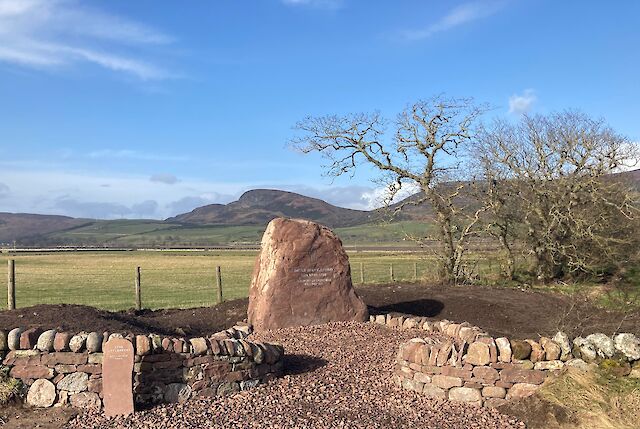
Read next: The Battle of Littleferry
The weather in the North Highlands in late March 1746 was shocking; cold, sleet showers and a cutting wind. Ordered north by Prince Charles (Bonnie Prince Charlie) to secure the northern flank of the main Jacobite army, Cromartie’s Regiment of Jacobites occupied Dunrobin Castle.
click here
